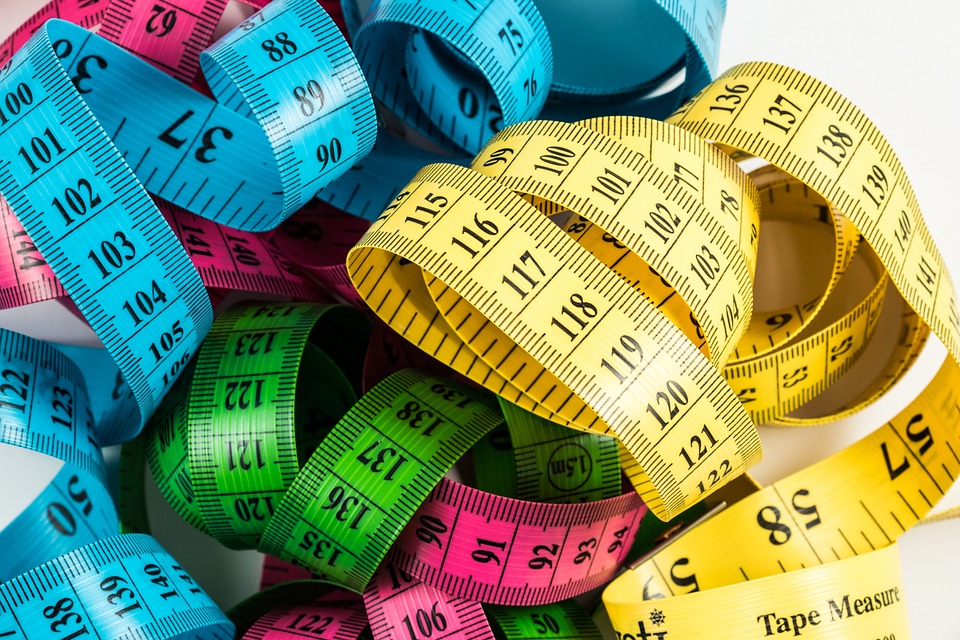Cotton bias binding tape is a versatile and essential tool for achieving professional-looking finishes on your sewing projects. Whether you are working on a garment, quilt, or other sewing project, bias binding tape can be used to neatly finish raw edges, create beautiful decorative edges, and add a professional touch to your creations. In this article, we will discuss how to use cotton bias binding tape to achieve professional-looking finishes.
First, let’s start with the basics. Bias binding tape is a narrow strip of fabric that has been cut on the bias grain, which allows it to follow curved edges more easily than straight grain fabric. Cotton bias binding tape is particularly popular for its natural, soft feel and its ability to create clean and crisp finishes.
To use cotton bias binding tape, you will need to prepare your fabric edges. If you are finishing raw edges, you can do this by folding and pressing the edges of your fabric before pinning or basting the bias binding tape in place. If you are creating decorative edges, you can simply sew the bias binding tape along the edges of your fabric.
Next, you’ll need to decide whether you want to attach the bias binding tape to your fabric by hand or by machine. Hand-sewing the bias binding tape can give you more control over the process and may result in a neater finish, while machine-sewing the bias binding tape makes for a faster and more efficient application. Whichever method you choose, make sure to stitch close to the edge of the bias binding tape to ensure a clean and professional-looking finish.
When sewing the bias binding tape in place, it’s important to take your time and work carefully. This will help you achieve a neat and precise finish. If you are working with curved edges, you may need to gently ease the bias binding tape around the curves to create a smooth and even finish. Additionally, you can use a pressing tool such as a tailor’s clapper to flatten and set the bias binding tape in place, ensuring a professional-looking result.
Finally, once the bias binding tape is securely sewn in place, you can trim any excess fabric and press the finished edges for a clean and polished look. If you are working on a garment, quilt, or other project, using cotton bias binding tape can add a professional touch and elevate the overall look of your creation.
In conclusion, using cotton bias binding tape is an effective way to achieve professional-looking finishes on your sewing projects. By carefully preparing your fabric edges, sewing the bias binding tape in place with precision, and finishing with pressing, you can create clean, crisp, and polished edges that will elevate the look of your creations. Whether you are a beginner or an experienced seamstress, cotton bias binding tape is a valuable tool in achieving professional results.

